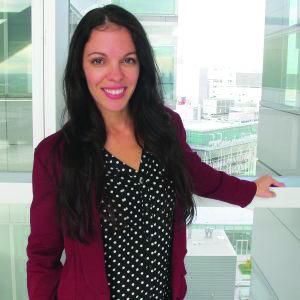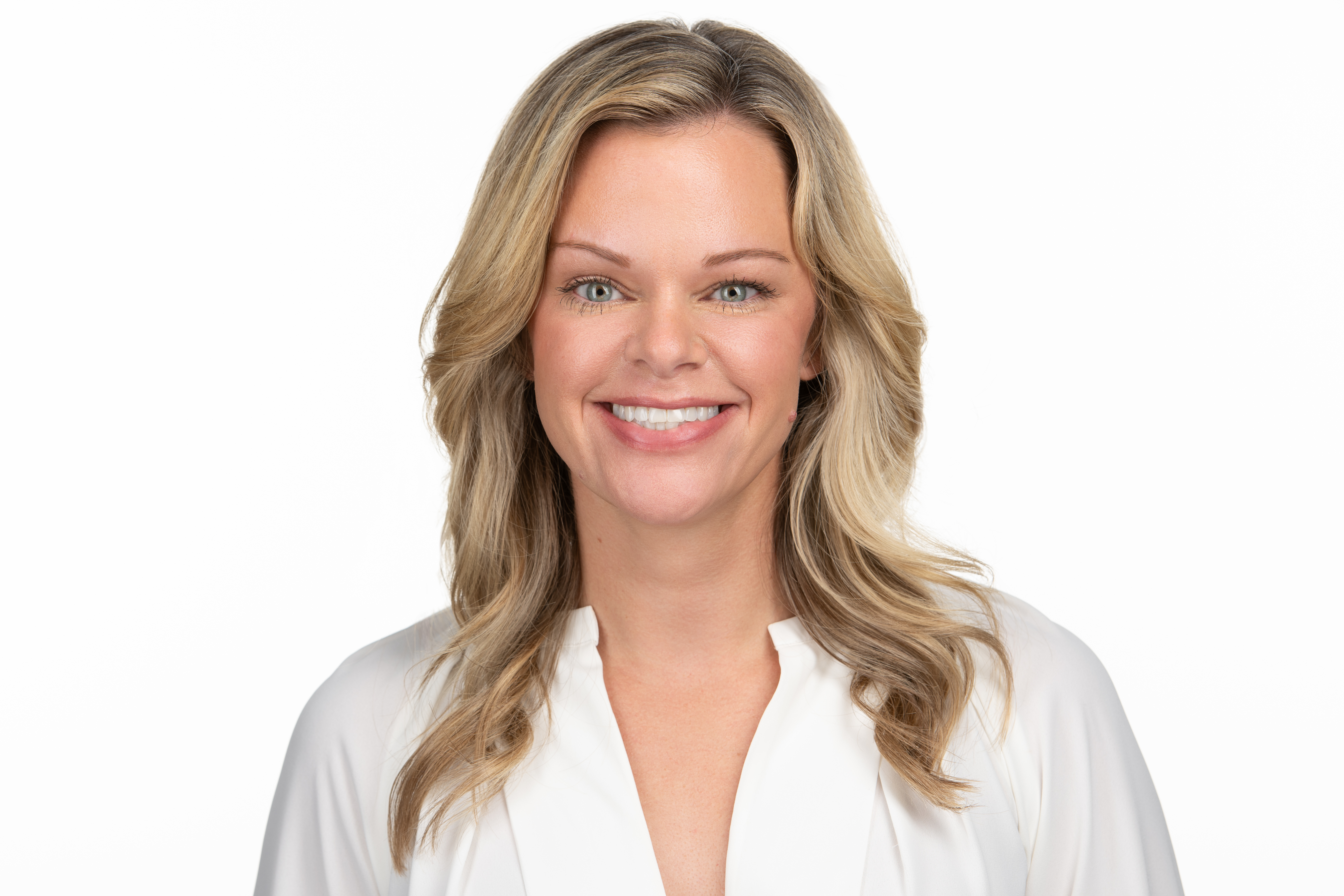Farber, a developmental biologist at Carnegie who uses zebrafish to study lipid metabolism and genetics, and Shuda, Director of Education and Outreach at UPenn’s Institute for Regenerative Medicine, will present the Bruce Alberts Lecture during Cell Bio Virtual 2020–An Online ASCB|EMBO Meeting in December. The Bruce Alberts Award recognizes “innovative and sustained contributions” to the discipline of life science education. Beyond simply a fun fish-based outreach program, Farber explained that the fundamentals taught through BioEYES are thoroughly grounded in the schools’ existing science curriculums.
“We take their curriculum goals and map it on the animal,” Farber said. “The teachers are excited because the kids are learning what they have to teach, and the kids are excited because they are still having fun.” This formula, developed by Shuda, has been one of the keys to the program’s success and consistent oversubscription, Farber added.
Moreover, BioEYES exploits the rapt attention that naturally curious children give to living creatures. “There is something really primal about working with a live animal,” Farber added. “You see it in classes all over the world—kids are focused so intently on these critters that they will learn the concepts even better.”
In addition to synchronizing with the science curriculum, Shuda explained that the program allows students to see themselves as scientists, not just to learn from them or about them. And she said, “BioEYES is designed to reach all students, not just the ones that have an interest in STEM. It provides one, two, and sometimes three weeks of students thinking, implementing, and sharing their skills as scientists.”
During this time, students exercise other skills including writing, analysis, planning, organizing information, and even visual communication. For example, a quick search for BioEYES on YouTube yields one especially entertaining video produced by students on concepts they learned in the program (https://youtu.be/f0EawHHiwx4).
The seed for BioEYES was planted while Farber was on the faculty at Thomas Jefferson University in Philadelphia. Farber had opened up his zebrafish-filled laboratory to university tours, and his demonstrations became so popular for children that he was inundated with requests for visits, which wasn’t easy in a working research laboratory.
“It’s a humbling experience to try to wrangle a group of middle-schoolers,” Farber said. It was clear he needed help from someone well-versed in education, especially if he planned to bring the zebrafish experience into classrooms. A chance encounter with the dean of medicine resulted in the needed funds to hire that person. Around the same time, Shuda was finishing up graduate school.
“I was teaching in a third-grade inner-city [Philadelphia] classroom,” said Shuda. “I saw how students lit up when we reached science time, but I didn’t have any resources or real training on how best to teach the subject. The classroom was overcrowded and under-resourced, but the students were amazing. They deserved to have real science experiences and I wanted to give it to them. I knew our education system needed more science support.”
Farber trusted the judgment of his son Elias, who was about seven years old at the time, to help him select the educator to run BioEYES.
“I came to his office and was interviewed by Steve and his son,” Shuda said. “I asked Steve questions about pedagogy and curriculum, and he showed me the amazing research being done with zebrafish. It was clear we shared the same goal—to provide all students the opportunity to be scientists. In our first year, I drove around with fish and water in my car—which flooded at one point—and asked city teachers to allow me to work with them and their students. Teachers have always been at the center of BioEYES. I would continuously ask for suggestions and feedback. Some of our first teachers are still with us, and one has since retired from teaching but works part-time for BioEYES!”
However, even after 18 years of success, Shuda said that finding funding for BioEYES is still a struggle, although they continue to expand their partnerships. “The demand for BioEYES globally far exceeds the amount of support we can raise in a given year,” said Shuda. “We are happy to be part of two academic institutions that want to invest in community engagement and outreach, but I am always focused on how to make the greatest impact with limited funds.”
Going forward, the BioEYES team will be developing accountable and measurable ways “to do our part in promoting social justice within our communities and schools. We want to openly share and report on our work and are excited to build off the work about pigmentation and inheritance we already teach in BioEYES,” Shuda said. They have also developed virtual versions of the BioEYES modules with opportunities for online interactions with the team so that they can continue helping students learn in the upcoming school year, with or without traditional classroom settings.




